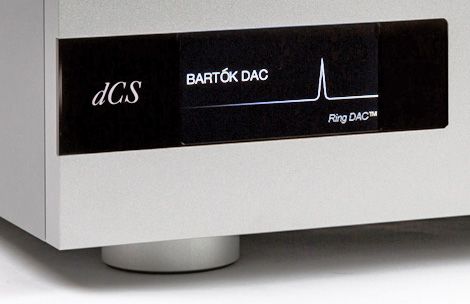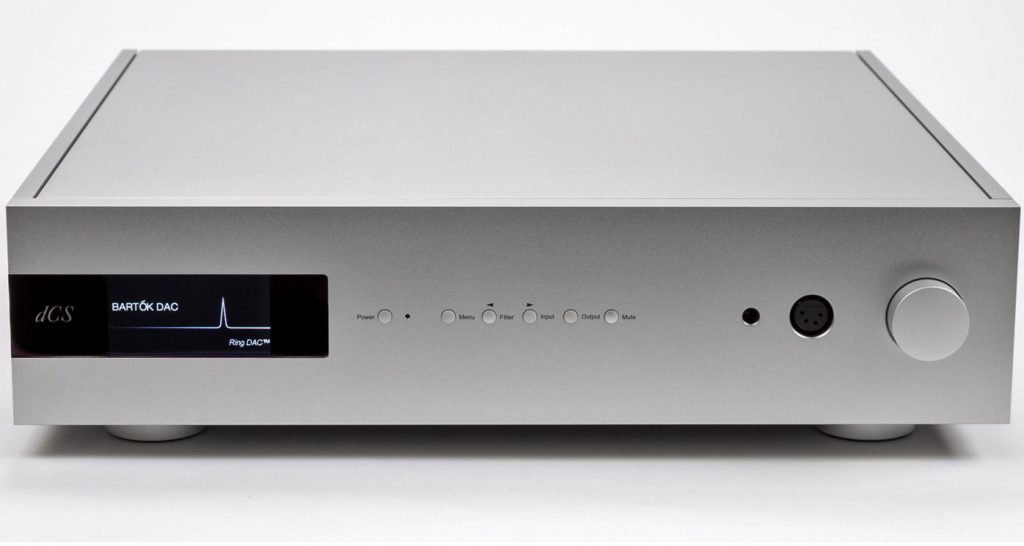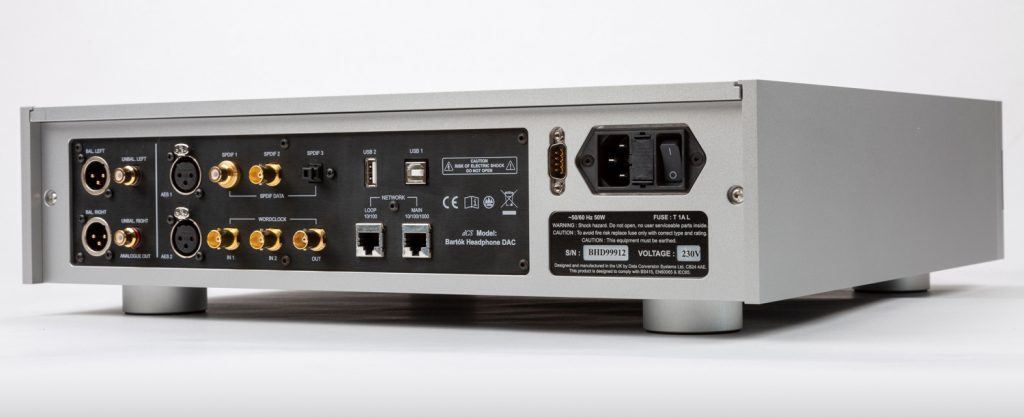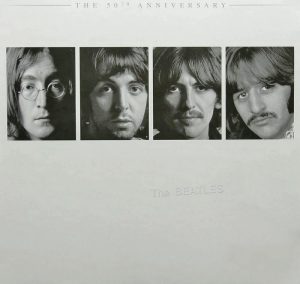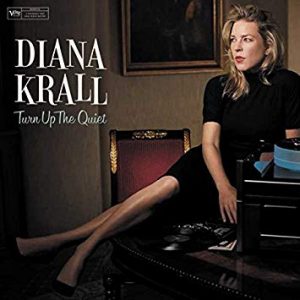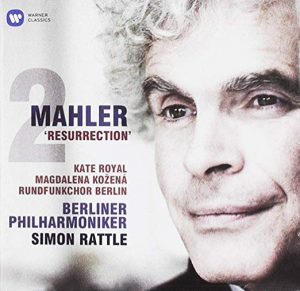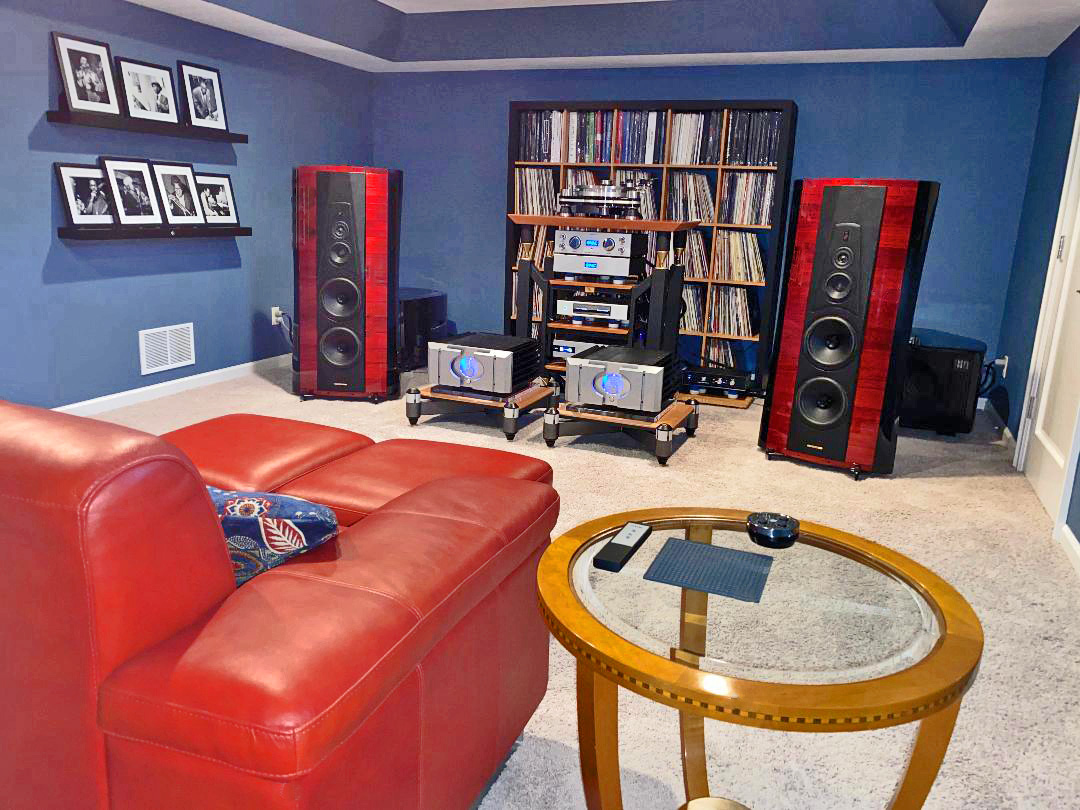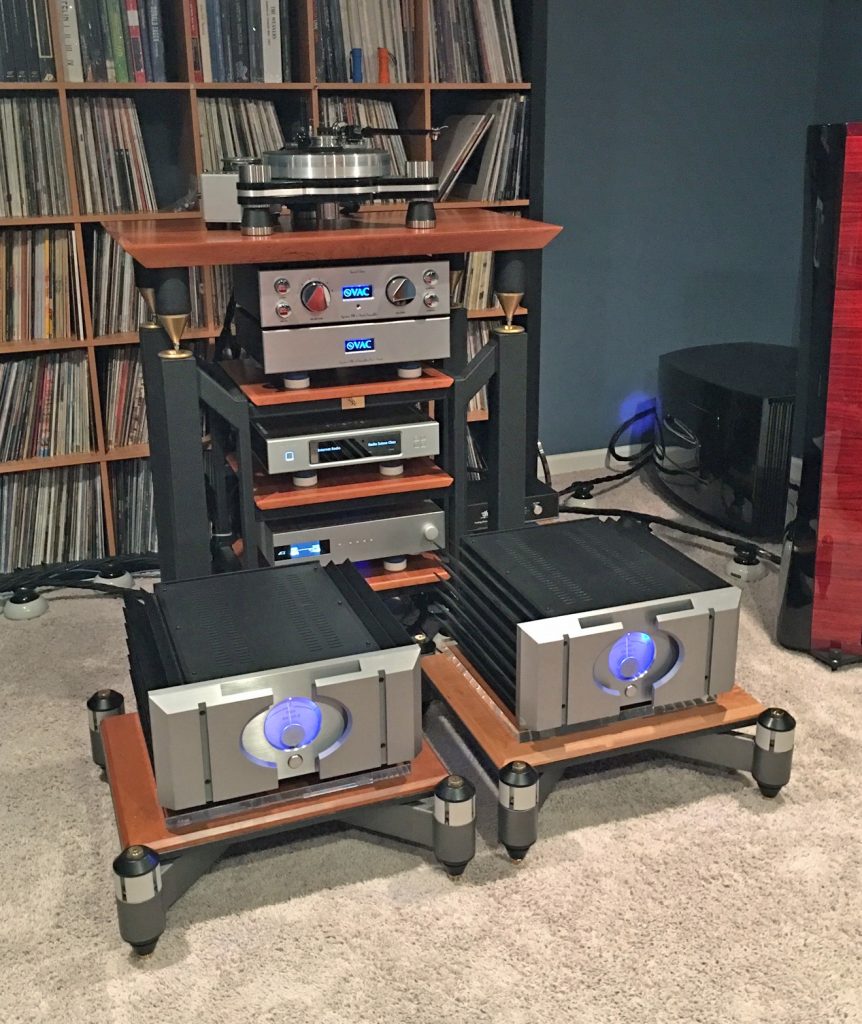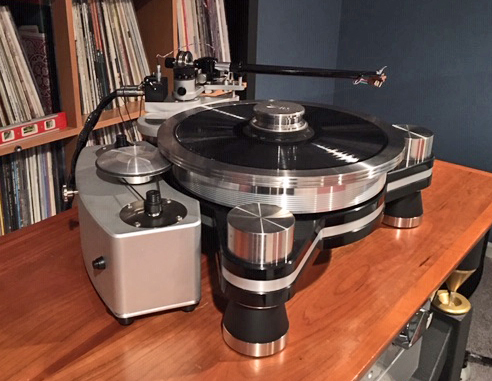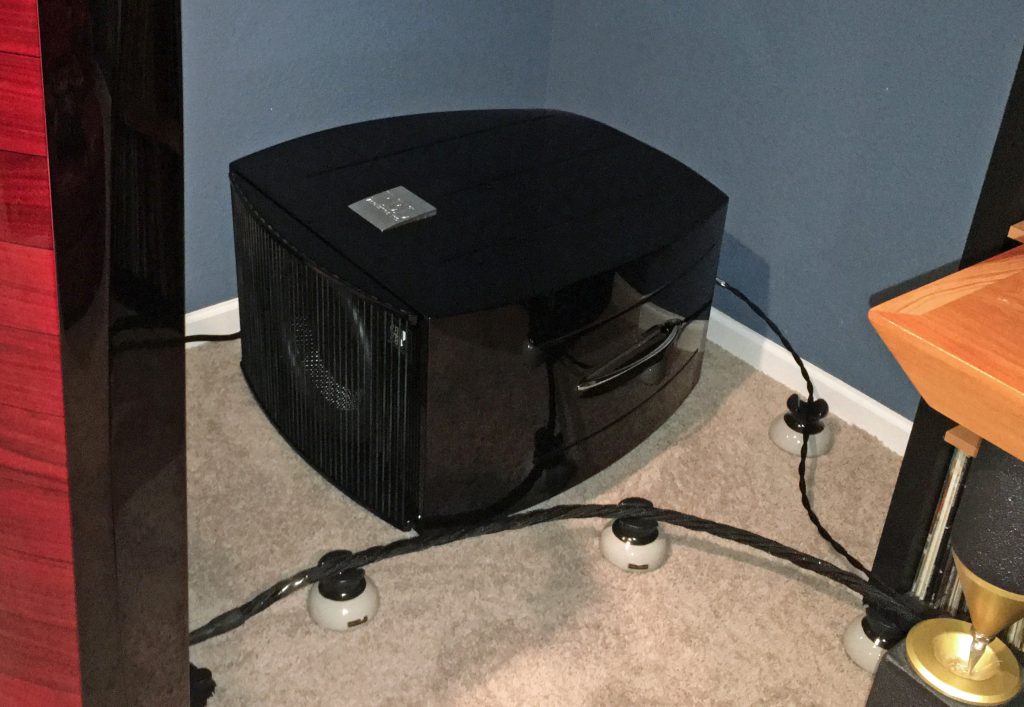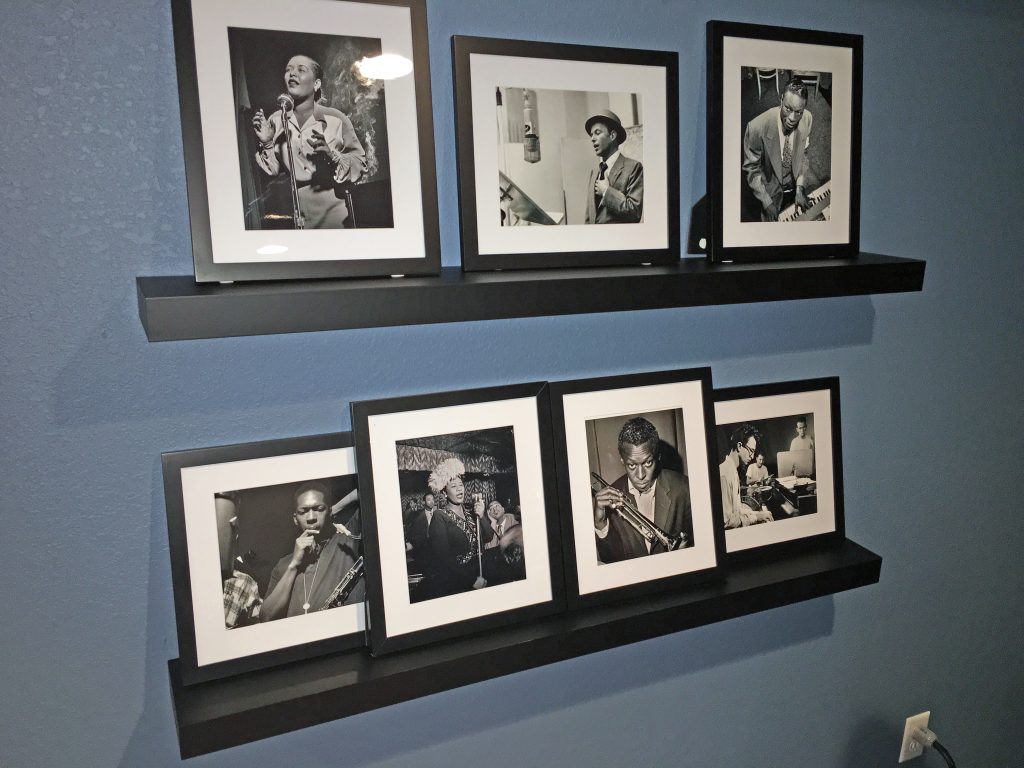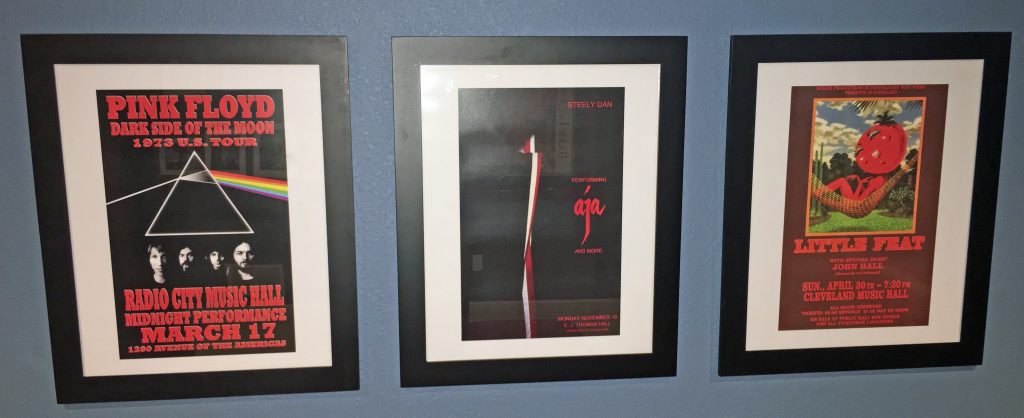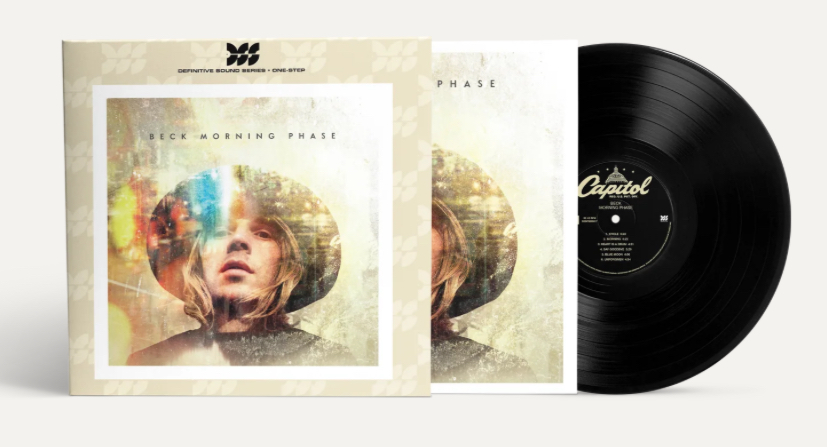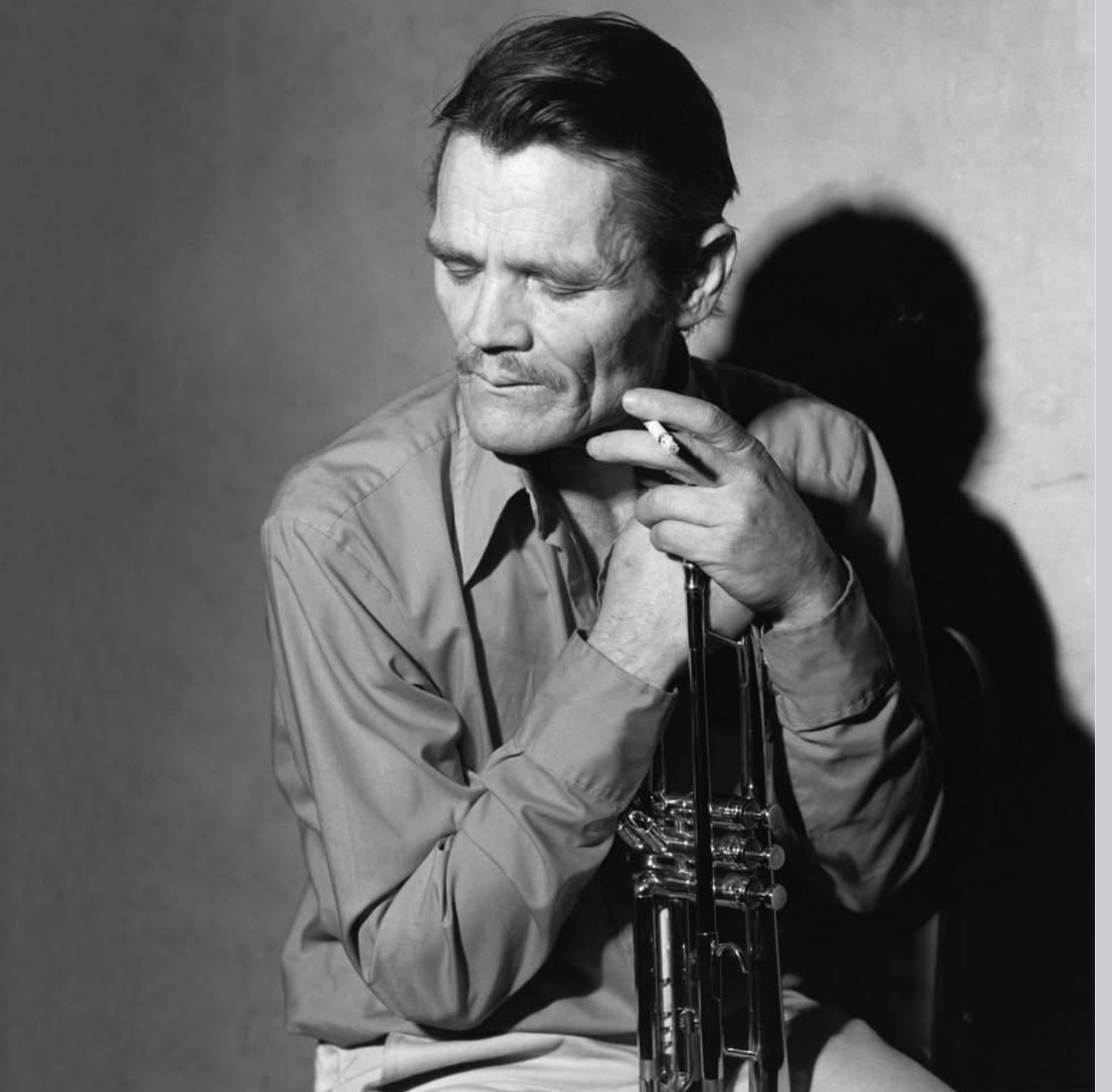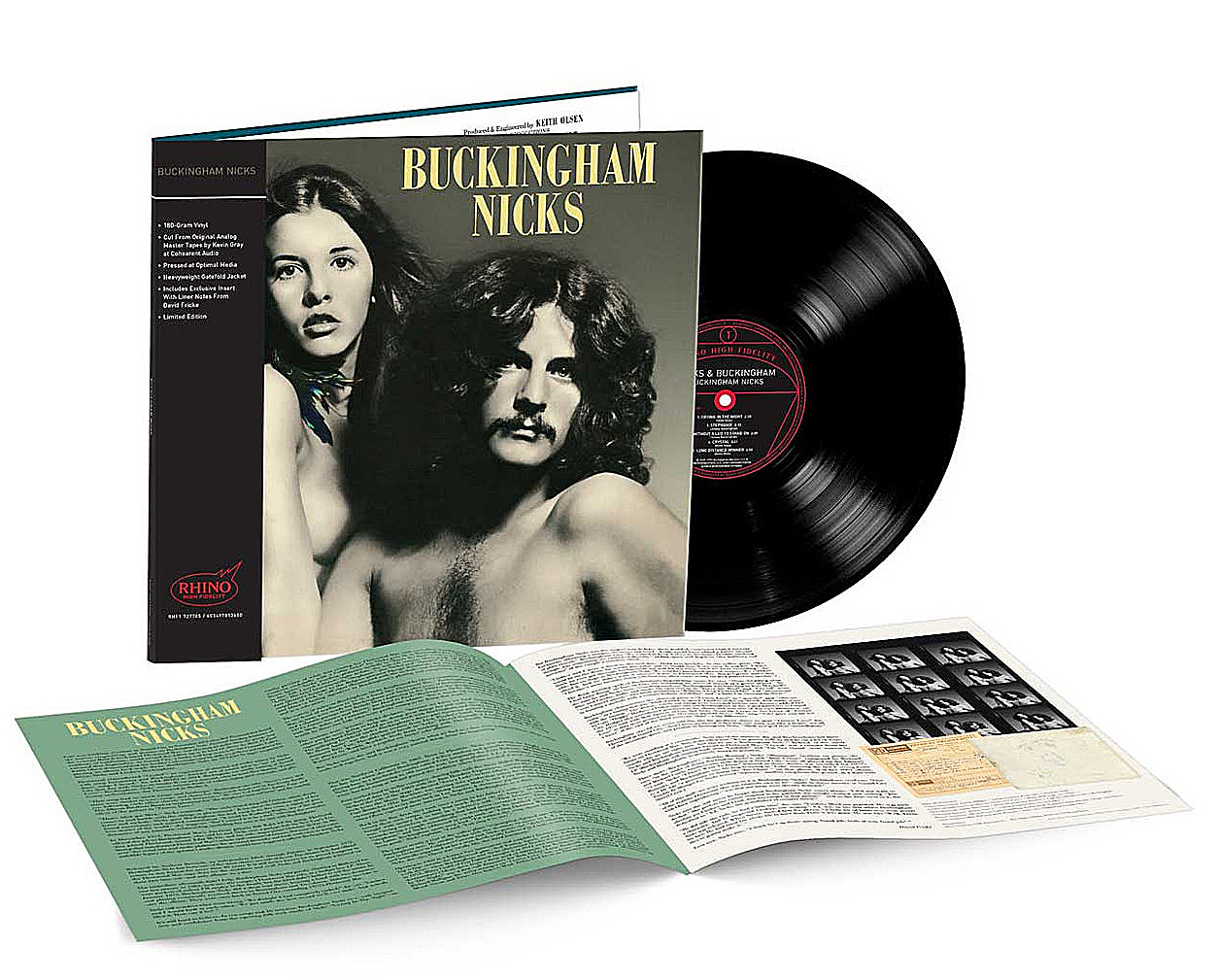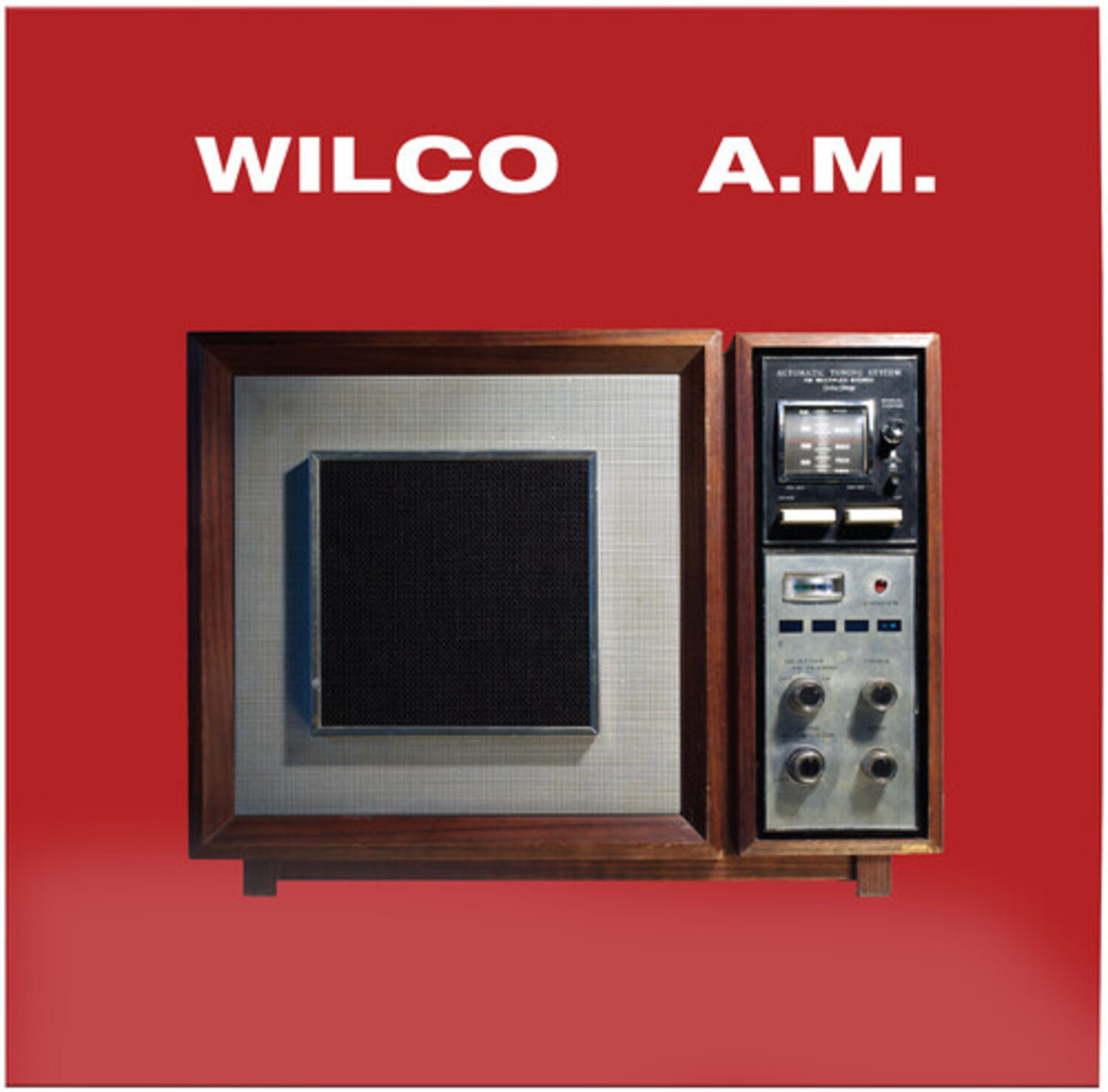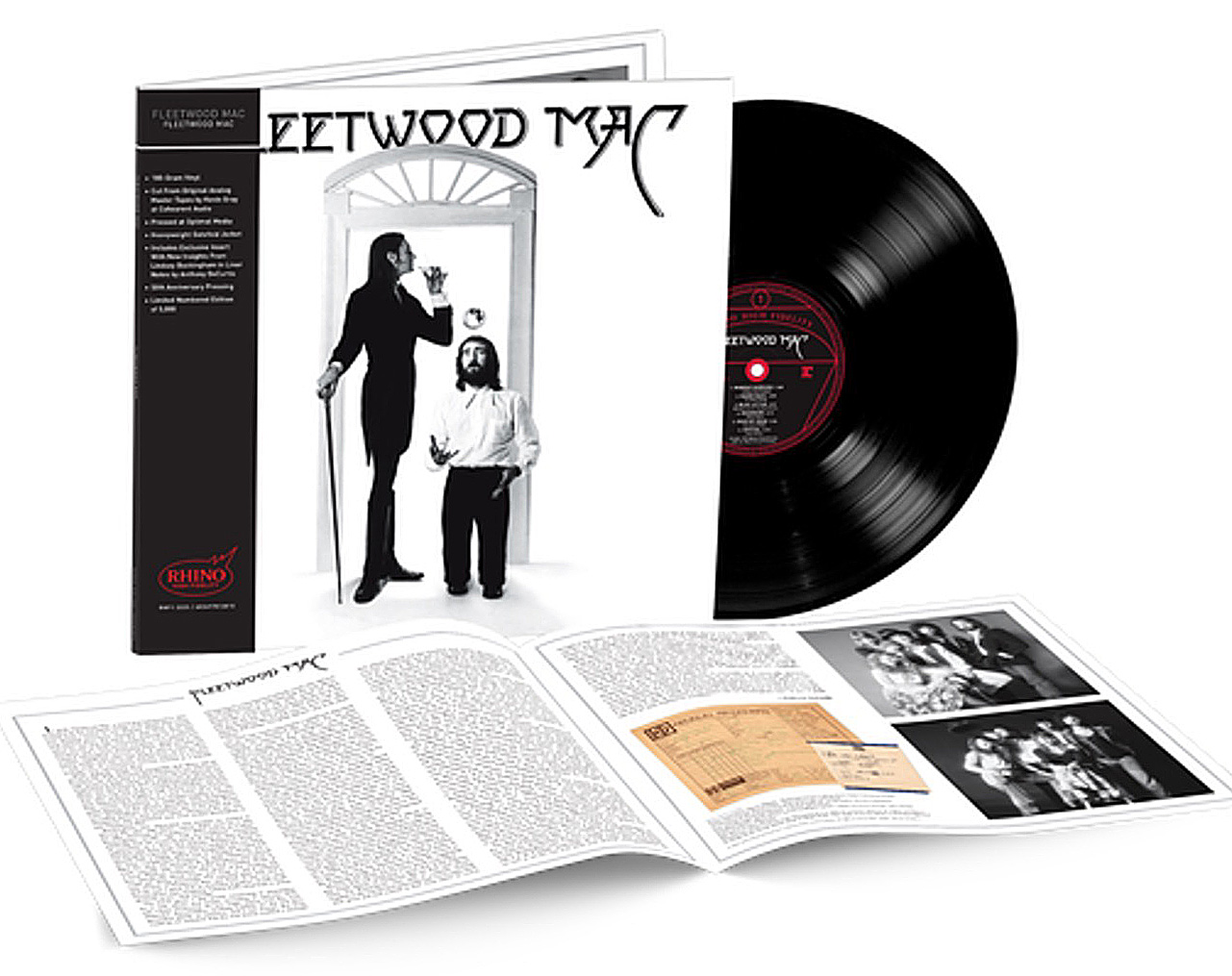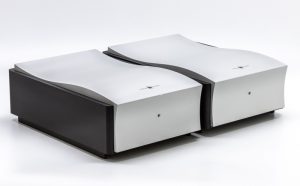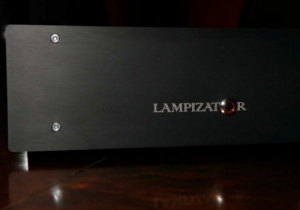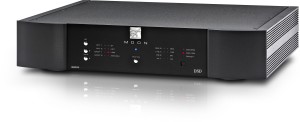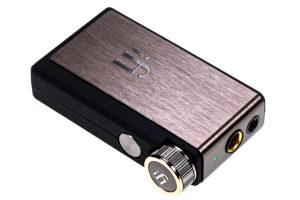Exploring the possibilities over the last few years on the digital front has been both rewarding and frustrating. I have reviewed or auditioned several cutting edge components, including the Esoteric K-01X SACD Player/DAC ($20,000), PS Audio Direct Stream DAC ($6000), Berkeley Alpha Reference Series 2 DAC ($16,000), the Aurender N-10 Music Server ($8000), and I even went several rounds with the Devialet Expert 1000 Pro Integrated Amplifier ($35,000).
Admittedly, this is not a comprehensive wish list for those sorting through the many options, and some of these product lines and components have been updated with new hardware and software since those evaluations, but each was a significant benchmark for functionality and performance at the time. Even though I was impressed each step of the way, I always had a sense that there was much more to come as the market place and technologies have continued to evolve.
With some high end DACs reaching a $25K to $50K MSRP and beyond, you would think that many folks would be cautious about investing this kind of money with a technology that continues to advance, and advance rapidly. You would be right! Based on feedback from many of my readers, this still remains the case for those committed to vinyl, and others who have not moved beyond their early generation CD/SACD players with limited DAC connectivity. Even for those early adopters who have dabbled in several digital front end options, there still remains a considerable demand for something much more and much better.
Enter the dCS Bartók. At $13,500 as a stand alone unit, and $16,250 with an integrated headphone amp, this is not an inexpensive investment. However, the Bartók might just be the clear game changer for the many newbies still out there, and also for those seeking a worthy, if not significant, improvement over their current digital front ends. Even in the audiophile world, patience can be rewarded. The dCS Bartók will more than open your eyes and ears—it's an absolute killer machine!
Review System
- Sonus Faber Stradivari Speakers
- REL No. 25 Reference Subwoofers
- VAC Signature Mk IIa SE Preamplifier w/Phono Section
- Pass Labs XA100.5 Monoblock Amplifiers
- VPI Avenger Plus Turntable
- VPI Unipivot Fatboy Tonearm w/Nordost Reference Phono Wire
- van den Hul Crimson XGW Stradivarius Moving Coil Cartridge
- dCS Bartók DAC
- Aurender N10 Music Server
- Synergistic Research Element CTS Cables throughout
- Synergistic Research PowerCell 12 UEF SE Power Conditioner and SRX Power Cord
- Synergistic Research Passive Ground Block
- Rix Rax Hoodoo Component Rack
- Adona Zero GX1 Amplifier Stands
- Custom Isolation Inc. Acrylic Shelves
- Magico QPod Isolation Footers
Caveat Emptor
System synergy and personal taste are critical when evaluating high-end audio products. This review is based on my subjective requirements, my subjective ears, my specific system configuration, and my specific listening room. This combination is only one data point of many that exist out there for these components. Please consider my comments and analysis appropriately.
Specifications/Design
The Bartók under review here is the base configuration without a headphone amp. Neither configuration includes a dCS Premium Remote II ($625) that can still be ordered if desired, though the new Mosaic App provides the same functionality and control (see Mosaic section below).
With critical dimensions of 17.5" (W) by 4.6" (H) by 17" (D), and weighing in at 36.7 pounds, the size and heft of the Bartók is fairly impressive compared to other DACs when intended as a single chassis shelf unit. The physical design includes aerospace machine grade aluminum with a special attention to internal magnetic, isolation, and dampening materials. Not quite as dramatic and elegant as the dCS Rossini or Vivaldi models, I would say that the minimalist approach of the Bartók casing and controls are quite understated, but beautifully refined.
The Bartók provides a full compliment of inputs and outputs. There is one pair of balanced (XLR) and one pair of unbalanced (RCA) outputs and one pair of balanced (XLR) inputs. There are also interfaces for Toslink, AES, Asynchronous USB, Ethernet, and even options for an external Clock. CD/SACD transport connectivity can be supported via a dCS transport and dual AES inputs. SSD flash drive connectivity is also included.
The Bartók supports WAV, FLAC, and AIFF at up to 24-bit/384kHz, and both DSD/64 and DSD/128. AirPlay is supported at 44.1 and 48kHz. To satisfy individual taste, the Bartók also offers options for six PCM and four DSD filters. Lastly, PCM can be upsampled to DXD or DSD.
Key Differentiators
In addition to all of the above specifications, there are several noteworthy features that many would argue differentiates the Bartók from the competition: RingDAC, MQA, Variable Output, Network Bridge, and the Mosaic App. Each deserves more than just a cursory one sentence description or even the following paragraphs, but all of these features can be be found with additional detailed information on the dCS website, the dCS Community website, the dCS Bartók Users Manual, and the dCS Mosaic Users Manual. These sources provide excellent explanations and resource material. Digital can be complicated, but not here. Bravo to dCS on a job well done to help folks understand the Bartók feature set and component setup! Please see the links at the end of review.
RingDAC
In terms of processing, the fundamental core of the Bartók, like all dCS DACs, is the dCS RingDAC technology that combines both proprietary hardware and software. The RingDAC is a very sophisticated if not complex design, that utilizes a network of FPGAs (Field Programmable Gate Arrays), DSPs, and a fully-discrete digital-to-analog conversion board (Analog Board) to process all incoming digital signals. The RingDAC Analog Board is a completely balanced, differential dual-mono design with a discrete fully differential Class-A output stage.
One important and powerful element of the the RingDAC firmware is the “mapping” algorithm which is a unique and carefully calculated set of patterns used to minimize noise distortion and crosstalk while keeping the highest degree of linearity. The Engineers at dCS feel strongly that all of the above allows for superior performance and design flexibility over off the shelf chips and standard code. Even beyond performance advantages, this technology is said to allow for better manufacturing quality and improved upgradability. Very impressive!
MQA
MQA continues to be one heck of a hot topic in the industry. I am not going to get into a sound comparison between MQA and other high resolution formats in this review. Needless to say, I have found that there are certain recordings that sound incredible via Tidal and MQA, and are my preferred choice for that recording. On the other hand, I have also found a preference for still other recordings via Qobuz and their supported high resolution formats.
Should this be a surprise? Has there ever been one vehicle or format, whether it be vinyl, CD, SACD, or high resolution, that uniformly beats all others? I think not. Production values are just as relevant, if not even more critical. It's frustrating thing as we all know, but the variables are endless.
In any case, it is important to note that in addition to all the high resolution formats mentioned earlier, dCS supports MQA across their entire product line, including the Bartók. Many have said that the dCS implementation is the most sophisticated and best sounding in the industry. Of course this is all subjective, but I strongly recommend that the MQA fans out there should take note and spend some time researching and listening to the dCS product line if MQA is a critical feature on their priority list.
Variable Output and Network Bridge
The Bartók provides variable output and also offers the dCS Network Bridge as integrated functions. The former eliminates the need for a stand alone preamplifier, and can be directly connected to an amplifier via XLR or RCA. Though this is a digital rather than analog volume control, the performance is extremely impressive (see below).
The latter supports home network connectivity for NAS (network attached storage) devices, and Ethernet connectivity for streaming and utilizing online apps like Tidal, Qobuz, Spotify, and Deezer. Just to be clear, dCS offers a standalone Network Bridge model ($4750) that can be used with other dCS DACs, and with those from other brands, but again, the Bartók has this fully integrated into its one box design.
It goes without saying that the variable volume control and Network Bridge features can really impact the bottom line when building a system. If you consider the cost of a new preamplifier or streamer, the savings can greatly contribute towards the cost of the Bartók or other components in your system. The dCS Network Bridge in particular has received many rave reviews for functionality and performance, so this integrated solution is quite a sweet deal.
Mosaic Application
The new dCS Mosiac App was introduced late last year, and is available via the The App Store and The Google Play Store. I found it to be a significant improvement over the then current dCS Bartók App, and it satisfied many of my initial concerns for basic setup and functionality. In my humble opinion, Mosaic is a reasonably user friendly app, and is quite sophisticated.
The key interest here is the additional ability to support multi-format and multi-source streaming audio. Again, I do not want to get into all the details, as a plethora of information is available on the various dCS website pages, so rather than paraphrase, I thought that a basic bullet list of features directly from the dCS Community site might be helpful. See below.
Mosiac can support the following: Deezer, Qobuz, TIDAL, Spotify, Airplay, Internet Radio, Podcasts, UPnP, and Network USB Storage. For those Roon users out there, Mosaic does have an ability to utilize Roon as a media management platform with Mosaic as a Roon Ready zone. I am not a Roon user, so I was not able to evaluate this feature, but it does seem to open the door for some level of Roon integration.
It seems logical that a complete review of the Mosiac App on its own would be an appropriate and very valuable evaluation for the readers. Keep an eye out for future articles.
Key Features:
- Browse a variety of streaming media sources via an intuitive interface in order to find digital music content.
- Perform content searches based on artist, album, track, or playlist name.
- Interact with advanced features provided by some streaming services, such as favorites, playlists, and enhanced metadata.
- Add tracks from any source to a unified playback queue that can be reordered at will.
- View detailed information about the currently playing track including metadata, artwork, playback position, and media format.
- Perform basic playback functions, such as play / pause, skip forward / back, shuffle, and repeat.
- Conveniently manage the basic audio settings of a dCS device, such as volume level, mute, and phase.
- View and manage all settings related to the digital signal processing being performed by the dCS device.
- View and manage the complete configuration of the dCS device.
- Control all accessible dCS devices from the dCS Mosaic Control app.
- Utilize Roon as a media management platform with Mosaic as a Roon Ready zone.
- Cast content to dCS devices using Airplay and Spotify Connect.
Sound
The Bartók was one of those rare products under review that I almost immediately recognized as something different and very special. After two weeks of burn in, I sat down and started with my standard set list of demo tracks. I had to play a few over and over again—not really to verify what I was hearing, but more to verify what I was really feeling. Yes, this is probably an overly dramatic statement, but it does speak to the truth, at least to my ears and my subjective experience.
Digital playback has now become so sophisticated, if not competitive with analog, that I am finally able to listen for proper tone and pitch—two variables that remain high on my priority list for essential emotional connection and satisfaction. The Bartók delivers in spades. Female vocals, saxophone, and piano have never sounded so immediate and real. The layers and layers of harmonic detail and structure were clearly fundamentally correct and accurate. You just know it when you hear it.
Sound stage and imaging were superb. There was an airiness and open quality to the sound that I had not experienced before without a frustrating level of edge or light shining on certain instruments and passages. Though extremely transparent, there was still a very natural, if not an organic rendering of the music, regardless of genre—from Miles and his muted trumpet, to Ella and her vocal scats, to Heifetz and his unique bowing techniques. Even Clapton and his Stratocaster sounded so much more in the flesh, despite the limitations of his early recordings.
Bass performance was also impressive, as I was not only getting the slam and weight that is so essential, but now the level of detail was extraordinary. Highs were sweet when the recording called for it, but also brilliant and blazing when appropriate. Mids were maybe the most impressive of all. Sensuous, lush, and many times almost physically palpable.
Variable Output or Preamp?
The answer to this question was not as obvious as it might seem. I have played this game with variable output for many years and with many components. I have always found that the use of a preamp greatly enhanced the overall performance of a system. Typically a preamp can provide a more realistic midbass weight to the overall sound, in addition to richer harmonics across the entire frequency range. Tube preamplifiers were especially effective in this respect.
With the Bartók it was a close call—maybe even a matter of preference and personal taste. Along with some audio buds who came by out of curiosity and to support the review, the consensus was that there was slightly more subtle detail and transient speed with variable output rather than with the use of a preamp. We found this to be true at all sound levels, and with no loss of transparency.
This was all somewhat surprising since we are talking about a digital rather than an analog variable output with the Bartók. Typically this can translate to less digits and less transparency at low volumes. Again, based on our listening sessions with this system, this was not the case with the Bartók. Maybe it was the "less is more" thing when not using a preamp. Or, it could just be preamp compatibility or system dependency. Regardless, the end result was that the preference for with or without was a dead draw in this case.
For me, the differences were not acceptable. Much of what was stated above for the advantages of a preamp held true to my ears. I often listen to large symphony orchestral music and small acoustic jazz ensembles. The authority and scale of the Chicago Symphony Orchestra playing a Mahler or Beethoven symphony needed that preamp to satisfy. When listening to Branford Marsalis or Bill Evans in a smaller scale trio or quartet, the results were never so intimate and physically palpable when there was a preamp in the system. More bloom. More texture. More weight. Again, different strokes for different folks, but well worth checking out your options.
Music
The Beatles, White Album 50thAnniversary (Tidal - MQA)
With the Bartók in charge and the 50thAnniversary remix by Giles Martin (the son of original album producer George Martin), this recording has never sounded better, in my humble opinion. I know that purists will not agree, but I sat transfixed from beginning to end once I clicked on play. My go to track is "Dear Prudence," maybe my all time favorite Beatles song. The story goes that the song was written in India by John when Mia Farrow's sister refused to leave her chalet to study and pray with the Maharishi and the rest of the Beatles. Thank you Prudence Farrow for inspiring a classic!
Paul must also be smiling when listening to this remix. Bass is so much more rounded and muscular, with splashes of detail that I have never noticed before. Not overly prominent, but it definitely stands out in the soundstage without the mush and overhang that I have heard on various CD reissues, and the original 24-bit USB flash drive that was released. Paul also played the drums and flugelhorn, as Ringo had temporarily left the band when the song was recorded. Both instruments seem to enter and exit with a clarity and presence not heard on the original. Goosebump city!
Dina Krall, Turn Up The Quiet (Qobuz – 24/192)
Yep, another Diana Krall album used for an audiophile review. No apologies here as Turn Up The Quiet is incredibly underrated for both performance and sound. Sorry folks, I kind of like this one. The sound is simply spectacular as the late Tommy LiPuma (his last album with Krall) provided co-production (with Diana) and Brian Montgomery and Al Schmitt provided the engineering.
"No Moon at All" is a jazz standard written in 1947 by David Mann and Red Evans. The track begins with Diana on piano and Alisha Bauer on cello. Both instruments are so saturated and rich with proper tone and texture that you will be swept away by the sonic beauty and correctness of the presentation. Diana's voice soon kicks in and nicely floats behind the piano with a liquidity and lifelike immediacy that might just startle you. The Bartók can have that kind of effect and will surprise you even on recordings that you have heard many times before.
Mahler: Symphony No. 2 in C minor "Resurrection," Simon Rattle - Berliner Philharmoniker (CD Rip 16/44)
Talk about the power and majesty of an elite symphony orchestra, Mahler Symphony No. 2 "Resurrection" is supposedly the piece that inspired Simon Rattle to take up conducting, and this effort is one of his most stellar performances. Released on the Warner Classics label in 2011, I had the CD for several years, but never quite connected to the interpretation until played through the Bartók .
Rattle surgically weaves and flows through the score with somewhat of a slow tempo, but when the music erupts, you will be dazzled by the brilliant roller coaster ride. The dynamic punch and tremendous depth and separation of the orchestra will draw you in, and will have you wanting even more as the next wall of sound comes and goes. In almost every wave of the music, you will find a timbral purity and harmonic structure across the orchestra that belies most classical recordings. I've been streaming the rest of Rattle's Mahler catalog ever since, and have been greatly delighted. Highly recommended for both demonstration and enjoyment!
Final Thoughts
This was my first go round with the dCS product line. To say that I was extremely impressed would be quite an understatement. I want to thank John Quick and Jesse Luna over at dCS for the opportunity and all their support. Based on the requests and the feedback from many readers for the Bartók specifically, this review has been long in coming, and I hope it will be helpful for those considering a digital front end change or addition to their systems.
The Bartók has been such a wonderful new enhancement to my listening experience, that I am now considering a second system or even supplanting my primary system with something built around the Bartók. When considering the Bartók as both a DAC and streamer with the volume out functionality, or even when combined with a world class integrated amplifier, this is clearly an opportunity to finally build an elite system with a very limited number of boxes, and just a pair of speakers. As you can imagine, my wife is a very enthusiastic supporter of this idea. For those like me retiring and looking to downsize in living space, is the Bartók or integrated products like it, the very foundation for the next wave of possibilities for the discerning audiophile? We shall see. Bottom line, at this price point, the Bartók is a true benchmark and is highly recommended.
Postscript
I want to thank my good friend Mick Survance over at Quintessence Audio in Morton Grove, Illinois. I am not embarrassed to say that I have a man crush on Mick, as over the years he has been such a wonderful friend and supporter of my efforts in the high end industry. Still one of the premier dealers in the country!
Mick was able to loan me a dCS Rossini DAC ($24,000) and Rossini Clock ($7,500) for a little comparison. He warned me that I had better be careful. As good as the Bartók is, he cautioned that I would be blown away by the Rossini combo. I might not be able to just sit back and admire. Well, there is a reason why Mick and Quintessence have been so successful. I like to say that "In Mick's Ears I Trust"!
At the higher MSRP, I was expecting to find a distinct difference, but not a dramatic level of improved performance. The law of diminishing returns in this hobby is typically the norm as you move up the product line with most brands.
Well, the Rossini combo was just as Mick warned, more of everything, and it was not subtle. Along with the Bartók, we have another very serious option to consider, depending on budget and expectations. Stay tuned as I sort out the possibilities!
Data Conversion Systems, Ltd.
US distributor: Data Conversion Systems Americas, Inc.
Waltham, MA 02454-1443
617.314.9296
dCS
dCS Bartok Users Guide:
https://www.dcsltd.co.uk/support/user-manual-bartok-dac-v02/
dCS Mosiac Users Guide:
https://dcs.community/t/dcs-mosaic-user-guide/253
dCS Community Support:
https://dcs.community/c/support/support-faqs




